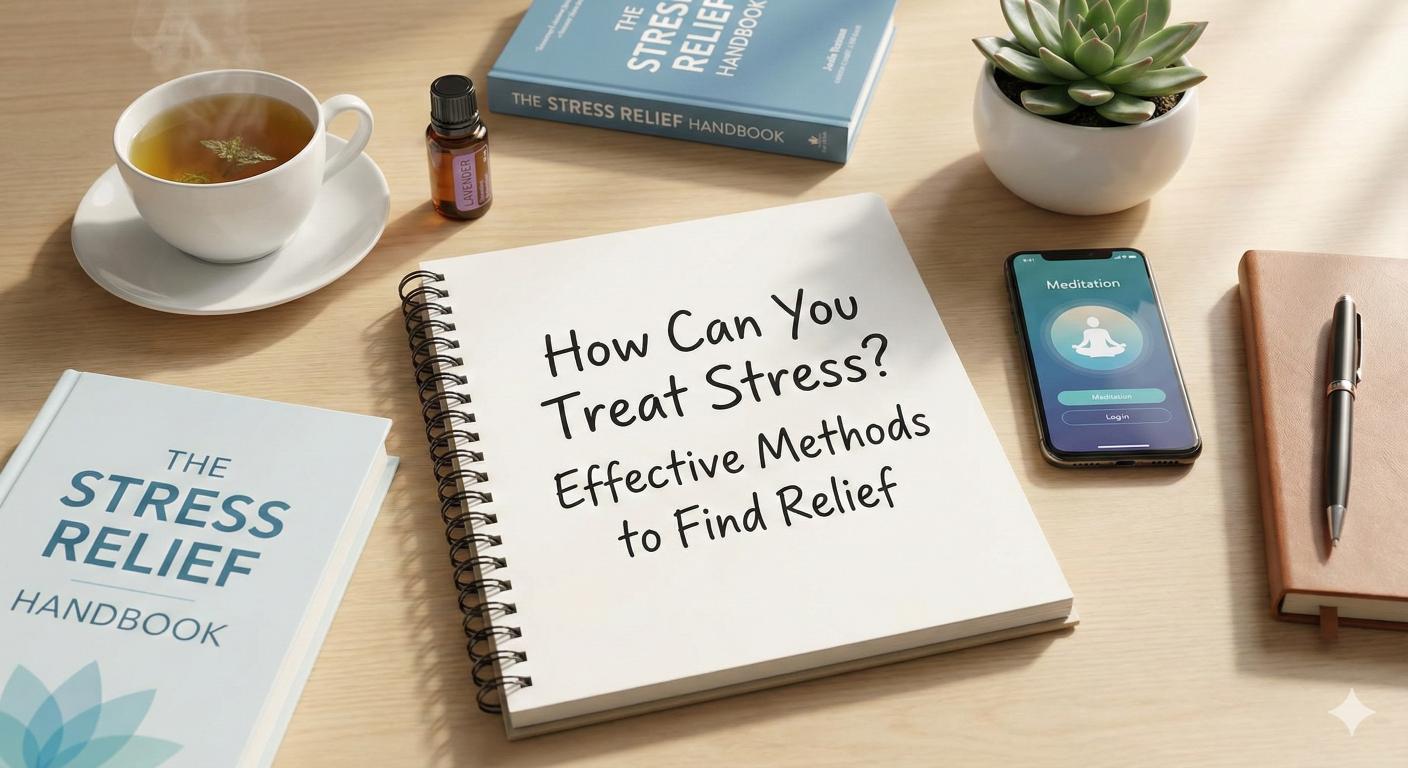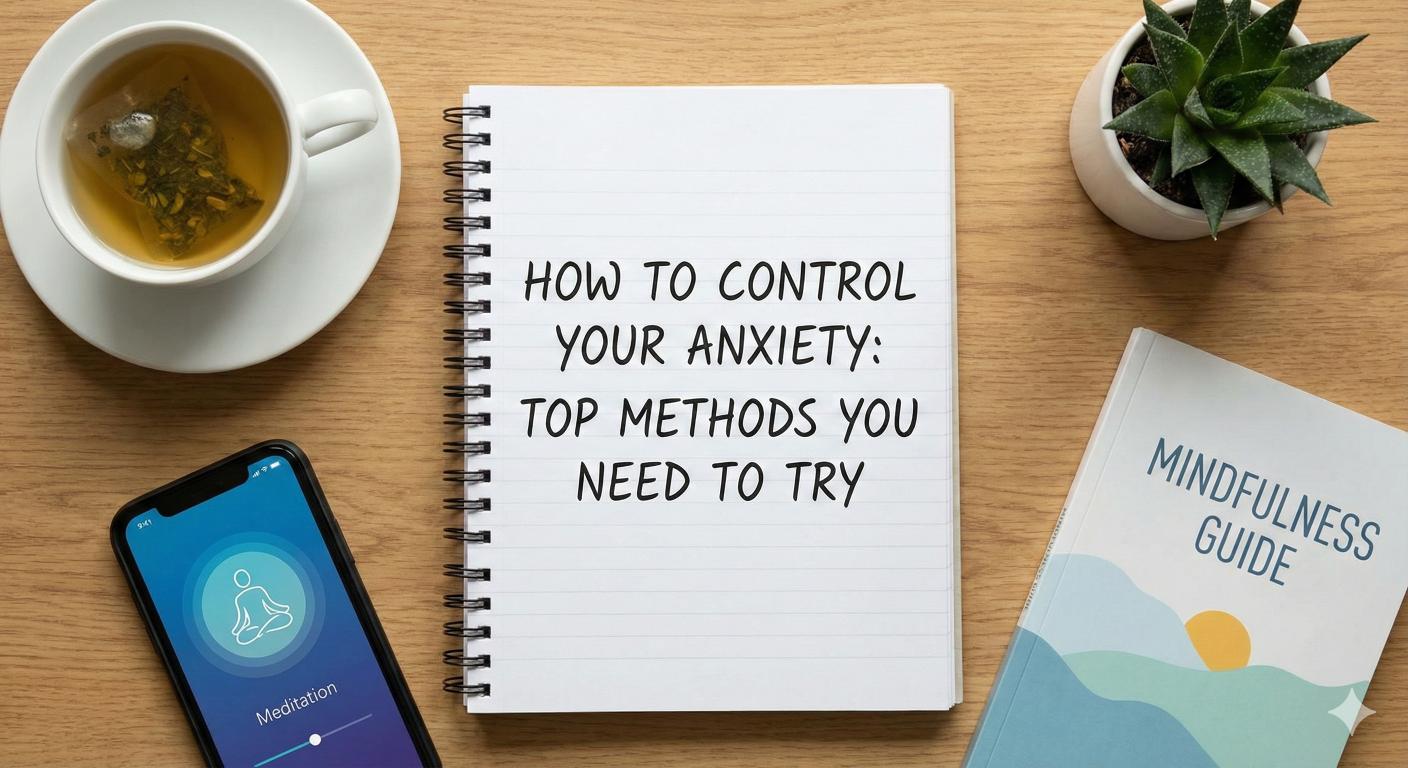Addressing Trauma Recovery: Confronting Body Memories Head-On
Discover addressing body memories in trauma recovery and unlock healing through somatic techniques and therapy.


Understanding Trauma Responses
Exploration of Body Memories
Trauma manifests in complex ways, often being stored in the body as implicit memory. This type of memory can be easily triggered, leading to experiences like flashbacks, where fragments of past events resurface along with intense feelings, such as fear. These sensations and movements represent memories from the time of the original trauma and are re-experienced in the present moment.
According to Dr. Peter Levine, body memory includes implicit or procedural memory, highlighting that the body can enact learned behaviors automatically, without conscious awareness. He identifies three types of body memory, connecting his insights to the consequences and resolutions of traumatic memories. Edward Casey further describes body memory as intrinsic to the body itself, emphasizing that individuals often remember through somatic experiences.
Impact of Trauma on the Body
Unprocessed trauma can have long-lasting effects, disrupting one’s life for years and affecting relationships, perceptions of safety, and responses to stress. The mind-body connection is significant; emotions including anxiety, fear, and anger can manifest physically, causing symptoms such as tightness in the chest, muscle tension, and heavy limbs.
Table 1 below summarizes the physical manifestations and potential health risks related to untreated trauma.
Physical ManifestationsPotential Health RisksMuscle tensionObesityHeadachesHeart diseaseDigestive issuesDiabetesAnxietyCancerPanic attacksStroke
Ongoing trauma can lead to chronic activation of the body's stress response, resulting in various unpleasant symptoms [3]. Understanding these connections is vital for addressing body memories in trauma recovery. Recognizing how trauma impacts both the mind and body can assist individuals in seeking appropriate therapeutic approaches.

Psychological Effects of Untreated Trauma
Untreated trauma can lead to numerous psychological challenges that disrupt a person's daily life and overall well-being. The effects of trauma often extend beyond emotional distress, impacting physical health and social relationships.
Chronic Stress Symptoms
When trauma remains unaddressed, it can result in chronic activation of the body’s stress response. This ongoing stress can produce various symptoms that interfere with daily functioning. Common signs of chronic stress include:
SymptomsDescriptionMuscle TensionPersistent tightness or discomfort in musclesHeadachesFrequent or chronic headaches due to stressDigestive IssuesProblems like irritable bowel syndrome or acidityAnxietyHeightened feelings of worry or fearPanic AttacksSudden, intense episodes of fear and discomfort
According to research, untreated trauma can also increase the risk of serious health problems such as obesity, heart attacks, diabetes, and strokes.
Trauma and Mental Health
The psychological ramifications of untreated trauma are profound and varied. Those who have experienced trauma may struggle with:
Women are statistically more vulnerable to developing PTSD; they are twice as likely as men to experience this disorder. Furthermore, over half of all women will encounter at least one traumatic event in their lifetime, with approximately 10% developing PTSD in contrast to about 4% of men [4].
Trauma’s impact on mental health can be long-lasting, influencing perceptions of safety, interpersonal relationships, and overall resilience in facing stressors. Addressing these issues, including exploring methods for addressing body memories in trauma recovery, is critical for achieving healing and regaining control over one’s life. Further insights can also be gained through exploring trauma-sensitive yoga practices and other supportive resources.
Therapeutic Approaches for Trauma Recovery
Importance of Somatic Therapy
Somatic therapy plays a crucial role in addressing trauma and stress-related disorders. It recognizes the significant impact of trauma on the body, facilitating healing through a mind-body connection. Research indicates that body memory—how people remember trauma through physical sensations—is essential for treating conditions like PTSD [2].
The therapy focuses on the understanding that memories related to trauma can manifest physically. Emotions such as anxiety, fear, anger, and depression can trigger specific sensations in the body, such as chest tightness and muscle tension. Therefore, utilizing somatic techniques allows individuals to reconnect with their bodies and unlock these memories in a safe environment.
Benefits of Somatic Experiencing
Somatic Experiencing (SE™) is a specific form of somatic therapy designed to alleviate symptoms stemming from stress, shock, and trauma. This body-oriented therapeutic model operates from a nervous system perspective, focusing on the release of stored energy from traumatic experiences.
Key Benefits of Somatic Experiencing:
BenefitDescriptionReleases Stored TraumaHelps in discharging built-up energy associated with traumatic experiences, allowing for emotional and physical relief.Supports Body AwarenessEncourages individuals to recognize how their bodies respond to trauma, enabling them to process experiences effectively.Reduces DysregulationWorks to calm the nervous system by turning off the threat response, promoting a sense of safety and stability.Enhances Emotional RegulationFosters awareness of emotional responses and assists in developing healthier coping strategies.
The method provides a framework for clients and professionals to work together in addressing trauma by prioritizing body awareness and responses. Somatic Experiencing promotes healing and recovery by allowing individuals to explore their trauma in a safe and supportive environment. For those interested in other complementary practices, trauma-sensitive yoga practices can also be beneficial for healing.
Somatic Experiencing Techniques
In the context of trauma recovery, specific techniques can help individuals connect with their bodies and manage their responses to distressing memories. Two key techniques within Somatic Experiencing are grounding exercises and resourcing and visualization activities.
Grounding Exercises
Grounding exercises are essential techniques that aid individuals in centering and anchoring themselves to the present moment. These exercises serve to distract from past events that may cause distress, effectively managing symptoms like flashbacks, anxiety, and dissociation related to trauma. By engaging in grounding exercises, individuals can enhance their awareness of their surroundings, thus fostering a sense of safety and stability.
Common grounding techniques include:
Research suggests that these techniques promote self-regulation in somatic therapy, guiding individuals through their emotions and shifting from distress. Grounding exercises take a "body first" approach, allowing individuals to release and shift harmful patterns linked to past traumas.
Resourcing and Visualization Activities
Resourcing and visualization activities play a significant role in trauma recovery by helping individuals tune into specific body sensations that are opposite to their current experience. The aim is to create a "safe" sensation in both mind and body, relieving distress associated with traumatic memories.
These activities often involve visualizing a safe place, person, or memory that evokes feelings of comfort and security. The practice encourages individuals to focus on positive sensations and emotions, promoting a sense of ease and relief. This technique can effectively counterbalance the effects of trauma and reinforce a sense of agency and control.
Examples of resourcing and visualization activities include:
These activities facilitate a deeper understanding of body responses to trauma and assist in the process of addressing body memories in trauma recovery. By actively engaging in resourcing and visualization, individuals can help release stored energy from trauma and turn off the threat alarm that can lead to dysregulation and dissociation [7].
Utilizing grounding exercises and resourcing activities within Somatic Experiencing offers a comprehensive approach to healing trauma, empowering individuals to navigate their recovery effectively. For further techniques and support methods, exploring trauma-sensitive yoga practices or understanding the role of family support in trauma healing can provide additional resources.
Somatic Experiencing in Practice
Founder: Dr. Peter A. Levine
Dr. Peter A. Levine is the founder of Somatic Experiencing (SE™), a therapeutic approach designed to address trauma and stress-related disorders from a body-oriented perspective. With over 40 years of experience in the fields of stress and trauma, Dr. Levine holds a Ph.D. in medical biophysics and a doctorate in psychology. His notable contributions to Body-Psychotherapy have been recognized with a Lifetime Achievement award from the United States Association for Body Psychotherapy.
Dr. Levine is also the author of the best-selling book "Waking the Tiger: Healing Trauma," which has gained international acclaim, published in 24 languages and selling over 250,000 copies. His work has significantly influenced trauma recovery practices and emphasizes the importance of understanding how trauma manifests in the body's nervous system.
Application of Somatic Experiencing
Somatic Experiencing focuses on releasing stored energy from trauma, helping individuals navigate symptoms of stress, shock, and trauma that are often trapped within the body. This method is particularly effective in addressing fixated physiological states related to the fight, flight, or freeze responses, enabling a resolution of PTSD and developmental attachment trauma.
The approach involves clinical tools that support individuals in understanding their body responses to trauma, prioritizing a "body first" approach to healing. This perspective empowers clients to recognize and process their physical sensations and emotions, which is essential for effective trauma recovery.
Somatic Experiencing is applied across various professional settings, providing practitioners with the means to foster healing in their clients. By focusing on the nervous system and its dysregulation, SE helps individuals confront and work through body memories associated with trauma, ultimately aiming to restore a sense of safety and well-being. For additional resources on trauma recovery, explore topics such as healing through community after trauma and the impact of trauma on identity.
Healing from Trauma
Healing from trauma involves navigating a personal journey marked by growth, understanding, and resilience. This process is unique to each individual, as recovery can take weeks, months, or even years, influenced by factors such as trauma severity, personal history, resilience, support systems, available resources, and the treatment's effectiveness.
Personal Journey of Recovery
Each person's recovery path is shaped by their experiences and responses to trauma. Factors contributing to a successful recovery can include:
Factors Influencing RecoveryDescriptionSupport NetworkA strong support system can provide emotional assistance and practical help.Early Professional HelpAccessing therapy and treatment at the onset can lead to quicker recovery.Coping StrategiesDeveloping effective coping mechanisms can aid in managing symptoms.Positive OutlookMaintaining a hopeful perspective can influence recovery progress.
The mind-body connection plays a significant role in this journey. Emotional responses such as anxiety or fear often manifest physically, leading to sensations like muscle tension and chest tightness. Understanding how these reactions occur can aid individuals in addressing their experiences and emotions more effectively.
Types of Trauma Therapy
There are various therapeutic modalities available to assist individuals in their journey toward recovery from trauma. Each type of therapy offers unique approaches and techniques to help address body memories in trauma recovery. Some popular options include:
Type of TherapyDescriptionCognitive Behavioral Therapy (CBT)Focuses on changing negative thought patterns and behaviors related to trauma.Eye Movement Desensitization and Reprocessing (EMDR)Helps individuals process traumatic memories through guided eye movements.Somatic TherapyCenters on the bodily sensations and experiences associated with trauma.Trauma-Sensitive YogaIntegrates physical movement with mindfulness practices to enhance recovery.
Selecting the appropriate therapy can depend on an individual's preferences and specific needs. Integrating supportive resources, such as the role of family support in trauma healing and community involvement, can further enhance the recovery process. Overall, addressing the physical and emotional aspects of trauma through various therapeutic methods is essential for healing and reclaiming a sense of well-being.
References
[2]:
[3]:
[4]:
[5]:
[6]:
[7]:
[8]:
More Resources
A team ready to start your journey.
Get in touch — today.
We are a safe space – a haven for exceptional individuals to receive discreet, personalized, in-person treatment and care.
.avif)










